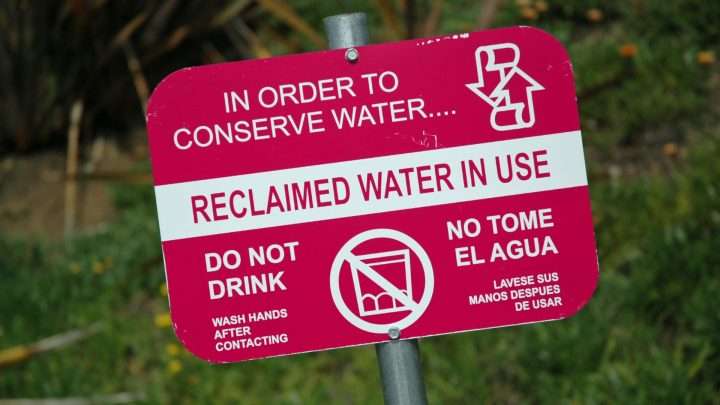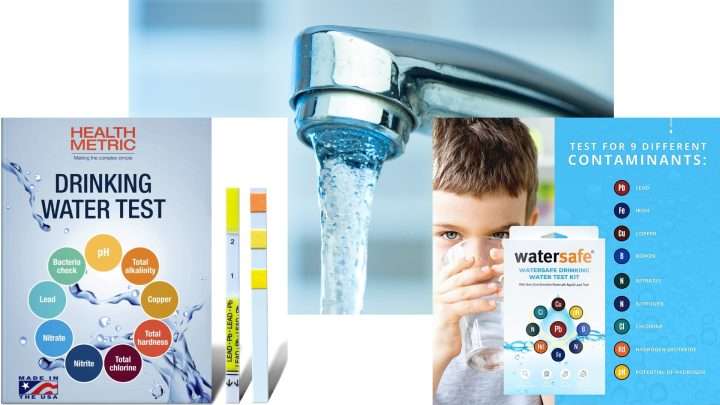In the US we expect fresh water to flow from our faucets, without understanding where that water comes from. We're beginning to learn there isn't an endless supply of fresh water. This explains why many communities are using reclaimed water to reduce the demand for fresh water.

Growing up in the northeast, I only learned about reclaimed wastewater when I moved to Florida. Here's a map to see if your community uses reclaimed wastewater. Maybe you haven't looked at your water bill so here's an example (my house in Florida). My cost for 1,000 gallons of fresh water is $1.99, conveniently rounded up to the nearest thousand gallons. Reclaimed water used for irrigation is $1.41 for each 1,000 gallons.

What is Reclaimed Water?
Reclaimed water starts with wastewater discharged from “… municipal wastewater, industry process and cooling water, storm water, agriculture runoff and return flows, and produced water from natural resource extraction activities.” It's treated at a wastewater treatment facility so it can be reused. The process removes things like bacteria, viruses and heavy metals. The requirement according to the EPA is to “fit-for-purpose specifications” for how the reclaimed water will be used.
Other terms you might here for this water and/or treatment processes include water recycling, recycled water or water reuse. Reclamation isn't new, starting with the Reclamation Act of 1902. Learn more about the Bureau of Reclamation history here …

What is Reclaimed Water Used For?
The largest use of reclaimed water is irrigation with many other uses shown in the graphic above. Some that you'll easily recognize include:
- Commercial and public landscape irrigation like highway medians. Irrigation also plays a big role in satisfying America's love of green lawns.
- Agriculture irrigation is allowed in commercial operations although it's not permitted for use by the general public. For safety, Florida only allows reclaimed water to be used for food crops that will be peeled, skinned, cooked or thermally processed before being eaten.
- Fire protection is a popular use and one we don't think about.
- Golf courses, sports fields, parks and playgrounds that we all take for granted.
- Car washing businesses … as I've always wondered how these time saving service remains relatively inexpensive.
- Industrial processes including power plants, mills, factories and so much more.
- Construction uses like mixing concrete, dust control on construction sites, etc.
- Environmental restoration including artificial lakes (below) and aquifers.

Frequently Asked Questions
Is reclaimed water safe to drink?
What are the main benefits of using reclaimed water?
How do I know the water in my house is safe to drink?





Leave a Reply